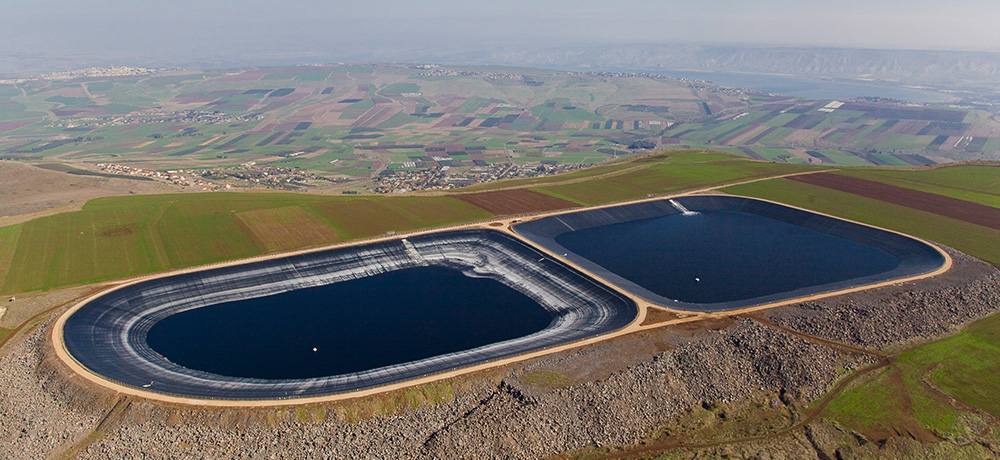- Español
- Português
- русский
- Français
- 日本語
- Deutsch
- tiếng Việt
- Italiano
- Nederlands
- ภาษาไทย
- Polski
- 한국어
- Svenska
- magyar
- Malay
- বাংলা ভাষার
- Dansk
- Suomi
- हिन्दी
- Pilipino
- Türkçe
- Gaeilge
- العربية
- Indonesia
- Norsk
- تمل
- český
- ελληνικά
- український
- Javanese
- فارسی
- தமிழ்
- తెలుగు
- नेपाली
- Burmese
- български
- ລາວ
- Latine
- Қазақша
- Euskal
- Azərbaycan
- Slovenský jazyk
- Македонски
- Lietuvos
- Eesti Keel
- Română
- Slovenski
- मराठी
- Srpski језик
What are the construction steps of the artificial lake bottom geomembrane
2021-07-06
The geomembrane at the bottom of the reservoir can be laid after excavation and filling of the dam in the reservoir area. Before laying the geomembrane, roll the bottom of the tank with the vibration of a road roller. After reaching the dry bulk density required by the design, manually level the base surface to remove sharp edges, hard blocks and other debris on the base surface to make the base surface level without steep slopes, dislocations, stagnant water, or floating bottoms.

In order to ensure the anti-seepage effect, herbicides should be sprayed on the surface of the foundation soil under the membrane during construction. The geomembrane uses two pieces of 0.4mm cloth and a layer of membrane. After passing the acceptance by the engineer, the membrane base shall be laid in sequence according to the width and width of the geotextile, combined with the crushed stone protective layer, and then the crushed stone protective layer shall be laid. The upstream width should be compensated for the downstream width, the walkway should be flat and compact, and the appropriate remaining width should be considered, but no folds should be formed to ensure that the anti-seepage geotextile is closely integrated with the bottom of the reservoir. Before placing the film, try to unfold it as small as possible. According to the qualified parameters, combined with the construction, craftsmanship, working methods and technical indicators of the trial paving, large-scale construction shall be carried out after the approval of the engineer. In order to avoid displacement, overlap and dislocation of the anti-seepage geotextile after laying, anchor it in adjacent parts or suitable positions. Avoid damage and pollution when laying geomembrane. Do not expose to the sun for a long time after laying, and lay a protective layer of gravel in time.
During low temperature construction (below 0), the geomembrane should be in a soft state and must not be frozen.

In order to ensure the anti-seepage effect, herbicides should be sprayed on the surface of the foundation soil under the membrane during construction. The geomembrane uses two pieces of 0.4mm cloth and a layer of membrane. After passing the acceptance by the engineer, the membrane base shall be laid in sequence according to the width and width of the geotextile, combined with the crushed stone protective layer, and then the crushed stone protective layer shall be laid. The upstream width should be compensated for the downstream width, the walkway should be flat and compact, and the appropriate remaining width should be considered, but no folds should be formed to ensure that the anti-seepage geotextile is closely integrated with the bottom of the reservoir. Before placing the film, try to unfold it as small as possible. According to the qualified parameters, combined with the construction, craftsmanship, working methods and technical indicators of the trial paving, large-scale construction shall be carried out after the approval of the engineer. In order to avoid displacement, overlap and dislocation of the anti-seepage geotextile after laying, anchor it in adjacent parts or suitable positions. Avoid damage and pollution when laying geomembrane. Do not expose to the sun for a long time after laying, and lay a protective layer of gravel in time.
During low temperature construction (below 0), the geomembrane should be in a soft state and must not be frozen.

